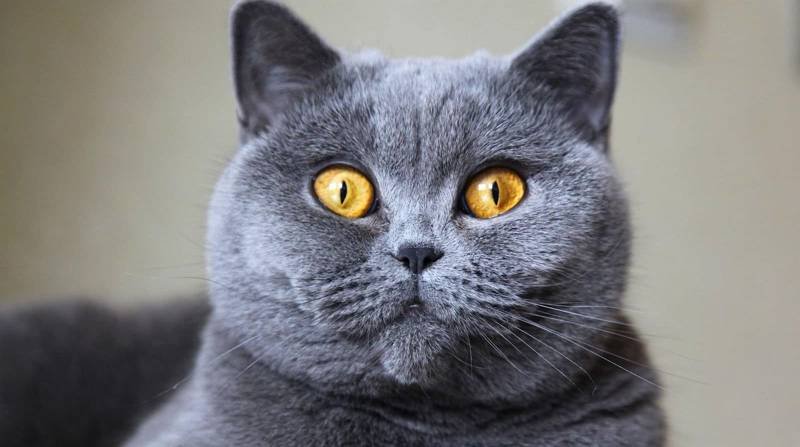Devastated by the death of his previous cat, Garlic, Huang [Yu] sought the services of biotechnology company Sinogene. The Beijing-based firm charged Huang ¥250,000 (about $35,000 US) to generate a clone of his beloved pet.
…
To clone Garlic, Sinogene scientists collected skin cells from the British shorthair, which had died of a urinary tract disease, according to the Global Times. They used the cells, along with eggs harvested from other cats, to generate 40 cloned embryos, reports The New York Times. Scientists then inserted the embryos into four surrogate cats. The process produced three pregnancies over the course of about seven months, two of which ended in miscarriage.
…
The new Garlic was born 66 days after an embryo was transferred to a surrogate mother, according to the Global Times. Although the kitten’s DNA matches the original Garlic’s, the cat shows slight differences in its eye color and fur—notably, the new Garlic lacks a distinctive black mark on her chin.
“If I tell you I wasn’t disappointed, then I would be lying to you,” Huang tells The New York Times. “But I’m also willing to accept that there are certain situations in which there are limitations to the technology.”
Read full, original post: China’s First Cloned Kitten, Garlic































